By Darrell Senneke of the World Chelonian Trust
From the World Chelonian Trust website at http://www.chelonia.org
This care sheet is intended only to cover the general care of this species. Further research to best develop a maintenance plan for whichever species you are caring for is essential.
The most common “Pet Shop Turtle” throughout the years has been the Red-ear slider. It is massively farmed and millions are produced every year. While traditionally the purchase of one of these turtles resulted in its death a few weeks or months later, present knowledge and technology makes it an easily maintained animal as long as a person is willing to provide some basic requirements.
Housing Sliders Indoors
The most useful form of indoor accommodation for Sliders consists of an aquarium. For hatchlings I would suggest a water depth of 3 to 6 inches (7.5 to 15 cm) with one end built up with rocks to provide a dry basking spot. A reasonable size aquarium for a hatchling is a 20 gallon - 30 inches by 12 inches, (75 cm by 30 cm). As the animal grows the size of this habitat should be increased. All Sliders are excellent swimmers so water depth is not as critical a factor as they get older.. A depth of 10 inches up to 30 inches (20 cm to 60 cm) would be fine for turtles between 4 inches (10 cm) and adult size. Adult size of the Red-ear subspecies can reach 11 inches, Cumberland and Yellow-bellies Sliders stay somewhat smaller.
Water quality is very important. Many problems with aquatic turtles can be averted if one spends a little time and money designing and purchasing an adequate filtration system for your pets. For adult sliders we advise canister filters as they are easily cleaned and provide for excellent water quality. Hatchlings are more difficult to provide good filtration for because of the depth of the water, for these a submersible foam filer or power filter and frequent water changes is the rule.
In one corner of the environment a hardware store reflector clip light lamp should be used to provide artificial basking facilities. This should be positioned to provide a basking spot of 90 degrees F or so (32 degrees C) in that section of the habitat. The habitat should also be equipped with a full spectrum fluorescent light to provide for UVB. A UVB source is necessary for Vitamin D3 syntheses (needed in calcium metabolism). If preferred to this lighting arrangement a Mercury vapor bulb may be used that fulfills both heat and UV requirements. Live or plastic aquatic plants are suggested to provide a sense of security and hiding places.
Outdoor Housing
Predator proof outdoor habitats offer many advantages over indoor accommodations and should seriously be considered as an option during warm weather. A child’s wading pool sunk into the ground in a secure enclosure makes for a serviceable outdoor habitat. Larger ponds with advanced filtration can be used to provide a spectacular outdoor home for your Slider.
Diet
Be careful not to overfeed your Slider. I recommend only feeding 2 to 3 times a week for adult turtles and every day or every other day for the rapidly growing hatchlings. Sliders will consume vegetables, greens such as mustard greens, turnip greens, dandelion, spinach, carrots, zucchini and any aquatic vegetation, i.e. duckweed, water lettuce, water hyacinth, etc. They will also consume insects, worms and fish. Many of the commercially prepared turtle diets that exist on the market today are excellent Slider food.
Additional calcium supplementation is essential. Powdered calcium can be sprinkled all foods. It is suggested that one use calcium supplemented with vitamin D3 if the animal is being maintained indoors and calcium without D3 if it is outdoors. Provision of a cuttlefish bone, which can be gnawed if desired, is also recommended.
These species hibernate in nature. After careful research of methods used to safely do this, hibernation facilities may be provided for the turtle.
Be aware that hatchlings GROW!
It should be noted that turtle and tortoise care research is ongoing. As new information becomes available we share this on the World Chelonian Trust web site at http://www.chelonia.org/. Serious keepers find it to be a benefit to have the support of others who keep these species. Care is discussed in our free online email community, which may be joined from the web address above. Please contact us about the many benefits of becoming a member of the World Chelonian Trust.
http://www.chelonia.org/ - World Chelonian Trust
World Chelonian Trust
PO Box 1445
Vacaville, CA
95696
Sunday 16 August 2009
Subscribe to:
Post Comments (Atom)




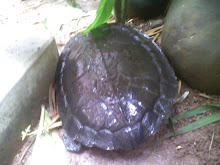


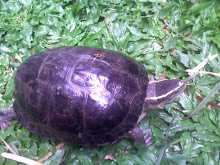









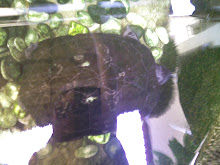














.jpg)
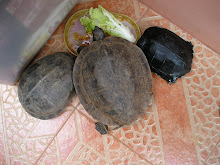
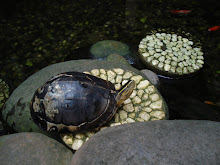+085.jpg)




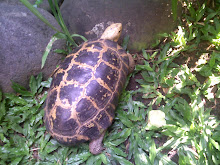
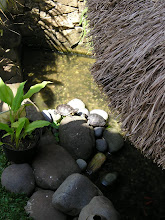.jpg)
No comments:
Post a Comment